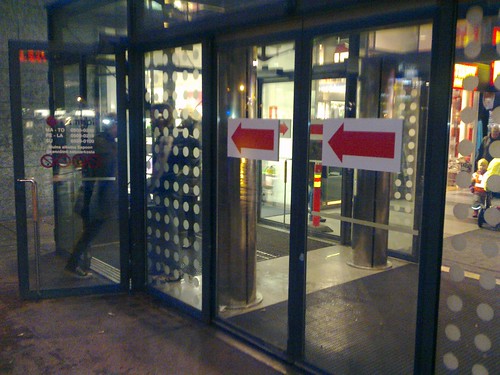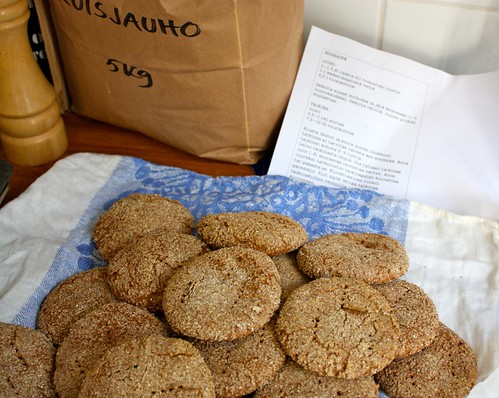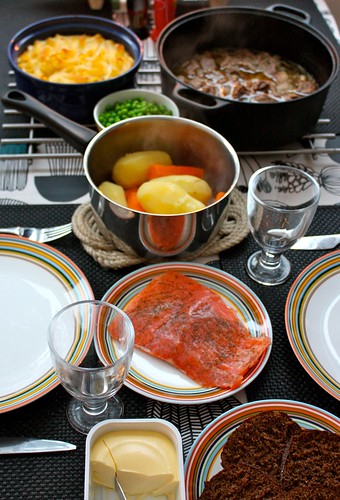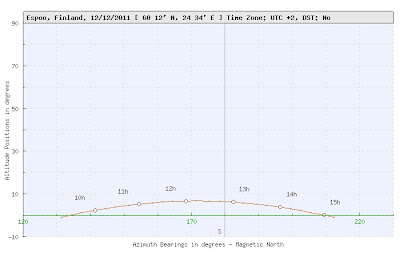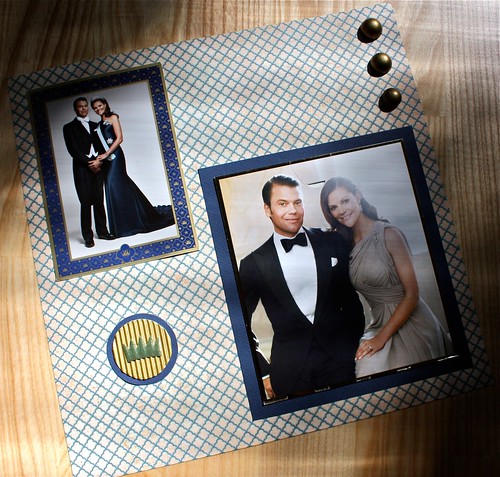Being ill is miserable, but it's even more miserable in unfamiliar environment. I hope these are useful:
Apteekki - pharmacy. You can find pharmacies in almost all shopping centers, but you might need some with extended opening hours: There's a 24h pharmacy in Töölö, Mannerheimintie 96, and another one in Helsinki city center that serves from 7 am to midnight.
Särkylääke - painkillers. The most common painkillers sold in Finland are based either on ibuprofen (such as Burana and Ibumax) or paracetamol (such as Panadol and Paracetamol-Ratiopharm). You don't need a recipe for these medicine, but they may not sell you more than one box of each at a time.
Mustaherukkamehu, mustaviinimarjamehu - black currant juice. Mix it with hot water. Black currant is rich in vitamin C and it's the only juice that actually tastes when you're palate is gone with the flu.
Health care. All who live permanently in Finland are entitled to primary health care and hospital services, regardless of the nationality, additional insurances, etc. Based on your home address you belong into certain health care region, and you should visit the nearest health station, unless it's an emergency (seasonal flu is not an emergency). Check out more information on the website of your city - at least Helsinki and Espoo have quite ok info in English too.
Hätänumero - emergency number. That's 112, no need for region codes. If you only need consultation (and not an ambulance) there's a 24/7 phone service for health advice: 09 10023. This number is valid in Helsinki, Espoo, Vantaa, Kirkkonummi, Kauniainen, and Kerava, and they serve you in Finnish, English and Swedish.
Despite the coughing and sneezing: Happy New Year!
Despite the coughing and sneezing: Happy New Year!
P.S. I'm shocked about the English web pages of Yliopiston Apteekki. All they have in English is "year 2010 in brief". Who's interested in 2010 in brief when you're looking for relief to your pain? How about having opening hours and contact information in English instead? I had to send them some feedback, let's see if they reply.
--
Edited on Jan 4th 2012: The director of e-services and marketing at Yliopiston Apteekki replied to my feedback. She thanked for the idea of translating the opening hours and contact info into English, as they see tourists and immigrants as important customer group. Let's see when they actually get the pages translated.
--
Edited on Jan 4th 2012: The director of e-services and marketing at Yliopiston Apteekki replied to my feedback. She thanked for the idea of translating the opening hours and contact info into English, as they see tourists and immigrants as important customer group. Let's see when they actually get the pages translated.

